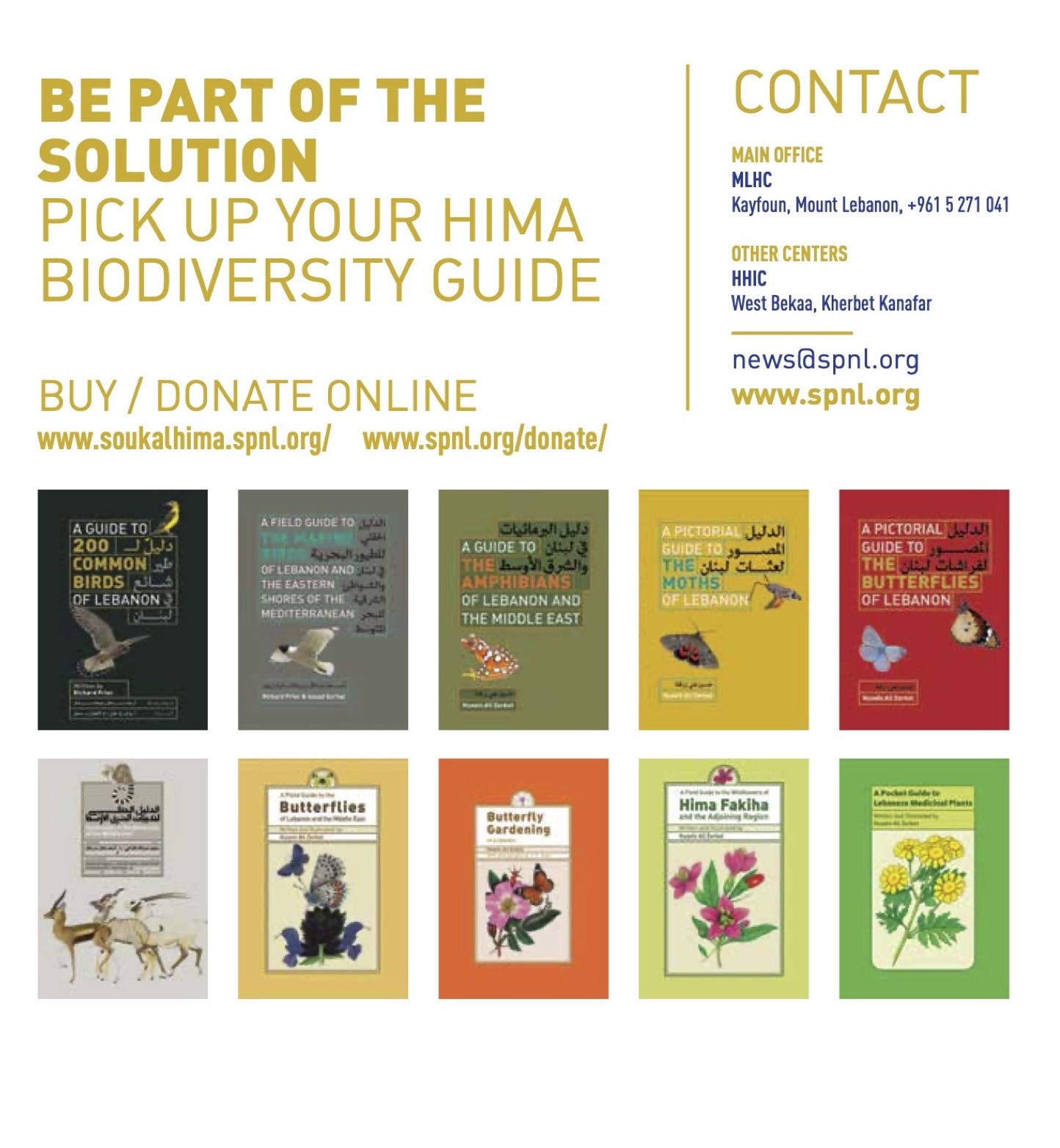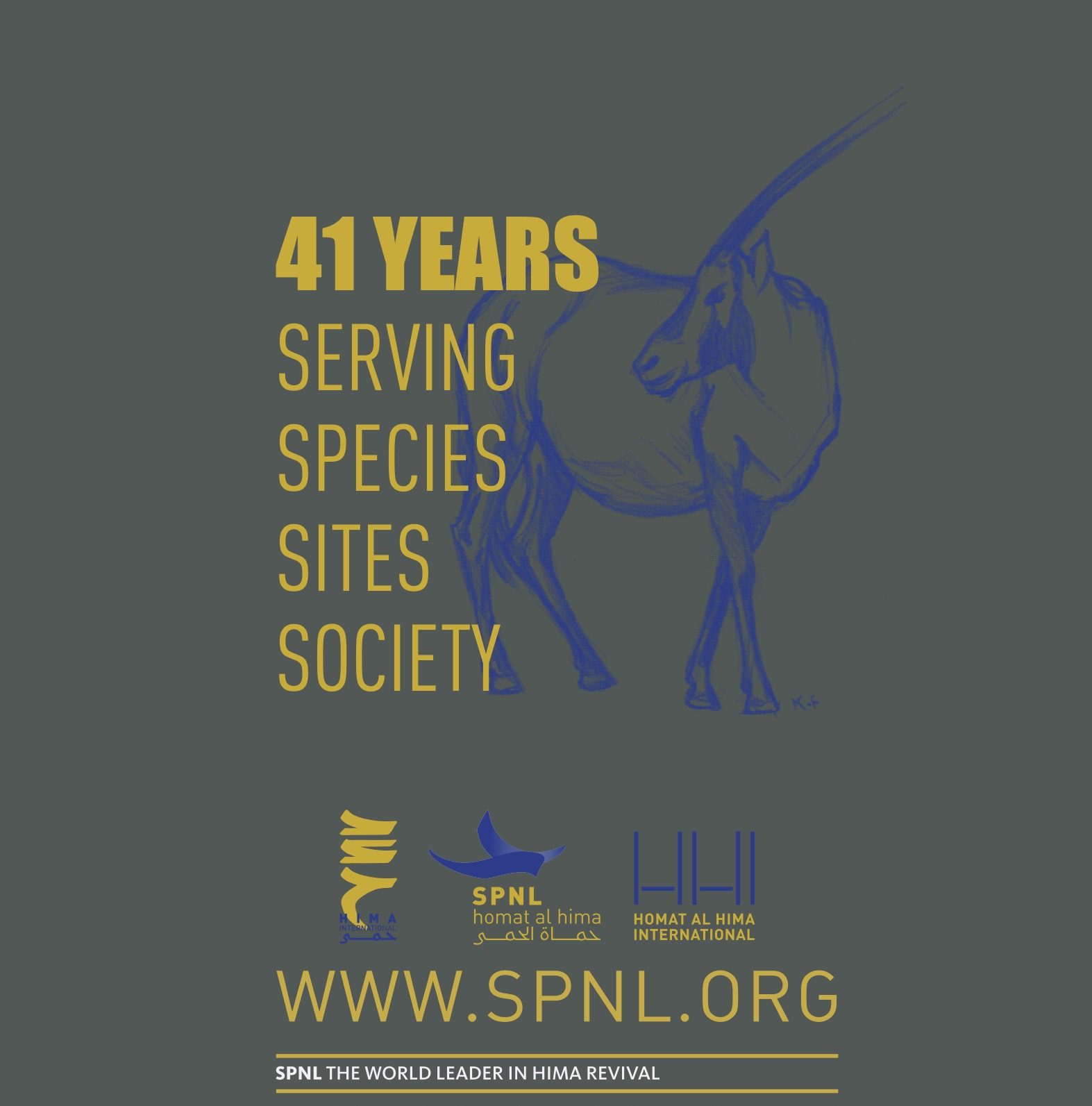Project Goals:
– By 2015, the water table in the mountain aquifers is high enough to ensure an average yearly outflow of the Anjar and Shamseen springs compared to 2013 without pumping.
– By 2015 – there is a total of at least 20 hectares of functioning wetland ecosystem with typical associated wildlife, such as otter, wildcat, syrian serin, avocet
– The biodiversity and ecological functions of at least 15 hectares of agricultural land between Anjar and Kfar Zabab (officially part of the green plan) is restored as bufferzone to the natural wetland and river
– By 2015, the water level in the Kfar Zabad wetlands has increased to match rehabilitation targets
– waders areas attracts more biodiversity by 2015
Project Objectives:
1- By 2015, quantity of water that flows from canals to the agricultural lands during irrigation in Anjar is decreased.
2- By 2015, the number of wells in operation is no more than X around Anjar
3- By 2015, the total amount of water used for irrigation in KZ region is decreased by 15% in comparison to the year 2013 (xxm3)
4- By 2015, a maximum of X m3 of water is extracted by Anjar Farmers for irrigation
5- By 2015, the concentration of agricultural chemicals (XYZ) in soil and water is below recommended levels as set by the MoA.
Project Main Strategies:
-
Improvement of water infrastructure, management, and monitoring.
-
Implementation of Agri/environmental awareness campaigns.
-
Igniting wise water management.






